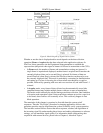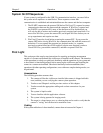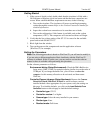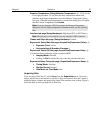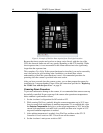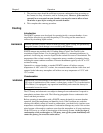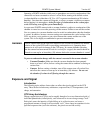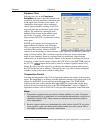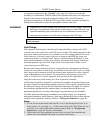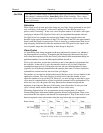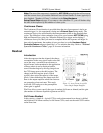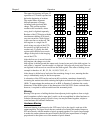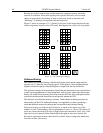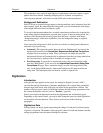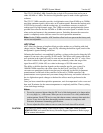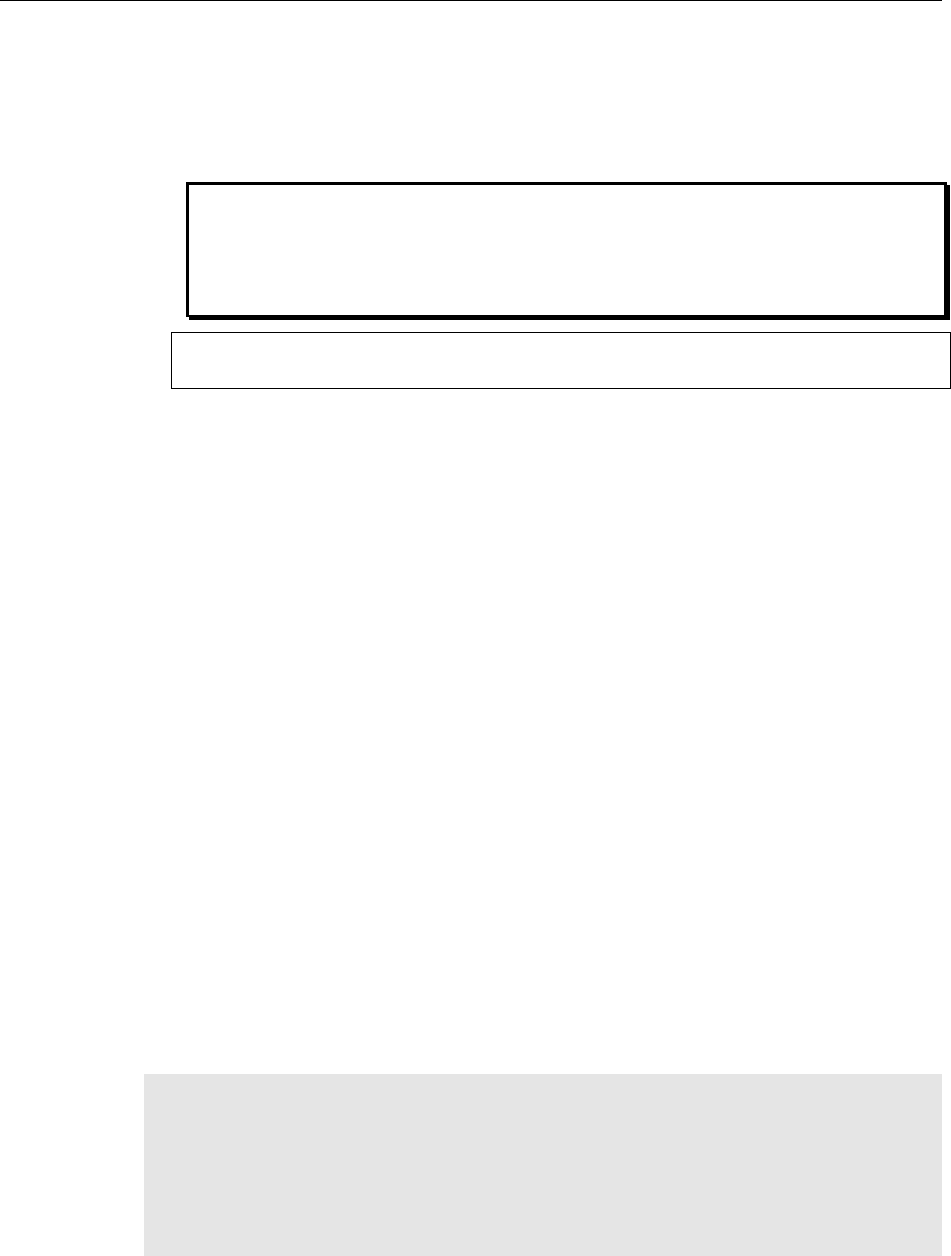
44 PI-MTE System Manual Version 4.C
As previously mentioned in the "Cooling" topic, page 41, cooling also means the
possibility of condensation. PI-MTE cameras when operated in the open nose configuration
depend on the vacuum environment for thermal isolation of the cooled CCD and for
preventing condensation on it. Both the CCD array and the camera electronics are subject to
damage from condensation if exposed to atmospheric moisture when cold.
1. Condensation can cause damage to the camera and will void the warranty. If there are
ANY signs of condensation on the camera's coolant pipes or on the CCD array, stop
operation immediately and contact the factory for recommended corrective action.
2. Operating these cameras in air will result in damage to the CCD array.
Condensation can result in catastrophic damage to the camera and is not covered
by the warranty.
Dark Charge
Dark charge (or dark current) is the thermally-induced buildup of charge in the CCD
over time and varies widely from one CCD array to another. This charge integrates in the
pixel wells whenever the camera is on, whether or not data is being acquired, and could
result in the loss of dynamic range. In the case of cameras with MPP type arrays, the
average dark charge is extremely small. However, the dark-charge distribution is such
that a significant number of pixels may exhibit a much higher dark charge, limiting the
maximum practical exposure. Dark charge effect is more pronounced in the case of
cameras having a non-MPP array.
Because dark charge is thermally-induced, reducing the array temperature significantly
reduces the rate at which of dark charge accumulates in the pixel wells. Even so, enough
dark charge could accumulate in the pixels between data acquisitions to affect dynamic
range at the beginning of an exposure. To prevent this from happening, clean cycles
(refer to "Clean Cycles", below) repeatedly shift and discard any signal that has
integrated on the array while waiting for a Start Acquisition command.
After the Start Acquisition command is received by the controller and exposure begins, both
the signal of interest and dark charge integrate on the array. The longer the exposure time and
the warmer the camera, the larger and less uniform the dark charge will appear. To minimize
the dark charge contribution to the acquired signal, you should operate with the lowest
temperature possible for your camera. Reducing the exposure time may also be helpful.
To further reduce the dark charge contribution to an acquired signal, you can perform
background subtraction, which subtracts a dark charge background from raw data acquired
using the same experiment conditions. (Refer to "Background Subtraction", page 49).
Notes:
1. Do not be concerned about either the DC level of this background noise or its
shape unless it is very high, i.e., > 1000 counts with 16 bit A/D. What you see is
not noise. It is a fully subtractable readout pattern. Refer to "Background
Subtraction", page 49, for more information.
2. Offset and excess noise problems are more likely to occur if the controller and
camera were not calibrated and tested as a system at the factory.
WARNINGS



